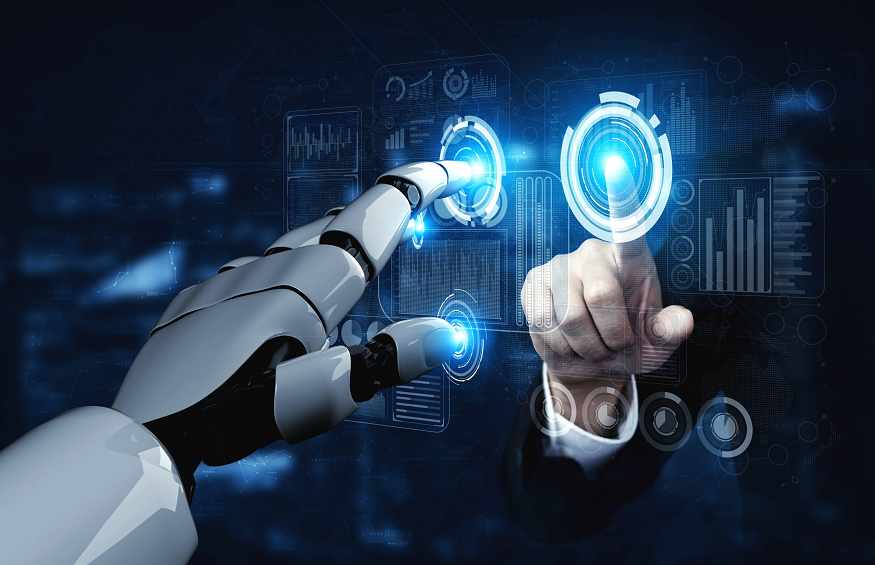Robotic Process Automation: What Can This Software Provide?

Finally, a software technology that makes it easy to create, deploy and manage software robots emulating human actions to interact with digital systems and software is available now. What does this software mean and how can it help you? This is a brilliant question that you can get from reputable rpa service providers.
What is RPA?
Robotic Process Automation is a software program mimicking human actions to finish repetitive business tasks. The program has little to do with the hardware bots but acts as regular white-collar employees. The RPA software is configured to complete types of tasks with a clear sequence of actions to produce.
RPA versus RPA service
Robotic process automation evolves that requires upgrades. The RPA service allows clients to maintain a business as the provider can handle all the updates. RPA service provider invests in pricey technology, so customers continually enjoy the benefits of the software at a reasonable cost.
What is the function of RPA?
RPA is used for automating various supply chain processes, including:
Data entry
Predictive maintenance
After-sales service support
RPA is used in industries to automate the high volume role tasks. The telecommunications companies will use RPA to configure the new services and the associated billing systems for the new accounts. The software provides a practical, non-invasive way to automate the processes across the business, using software robots that mimic screen-based human actions performing daily tasks.
Understandably, daily tasks can be daunting, especially when handling big companies. To make the tasks simple, fast, and easy, use the RPA service to boost productivity underlying Information Technology infrastructure and the business intact.
Types of Robotic Process Automation
There are three types of Robotic Process Automation, namely:
Attended automation. It is a type of bot that resides on the user’s computer and is invoked by the user. The software is best suited for jobs triggered at points, which are difficult to detect programmatically. For instance, when a customer service representative normally needs up to three screens and performs five manual steps to complete the transaction. Instead of working on this manually, RPA robots work as a representative, it performs the necessary operations and asks the representative for a piece of advice when needed. The software can be deployed to augment the tasks of customer-facing workers who need to complete manual networks.
Unattended automation. These bots are similar to batch processes in the data processing and cloud tasks, completed in the background. The software is a solution to reduce the work of back-office workers. The software can be triggered in several ways:
Data entry (at specified location)
Bot startup
Orchestrator startup
Specified intervals
Hybrid RPA. These are the combination of attended and unattended RPA bots to ensure the automation of both:
Back-office
Front-office activities
The software enables end-to-end process automation.






